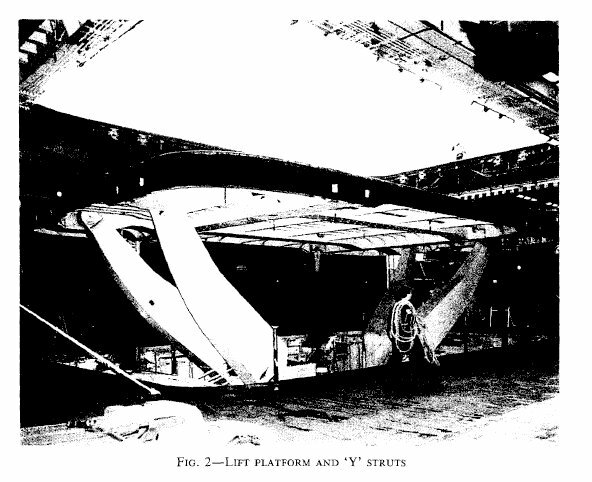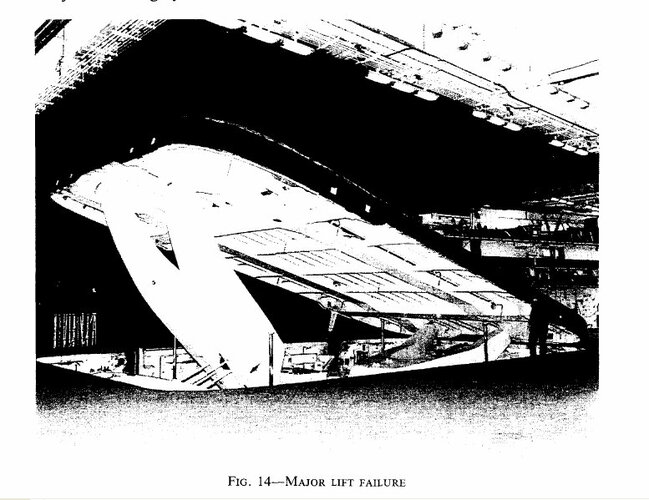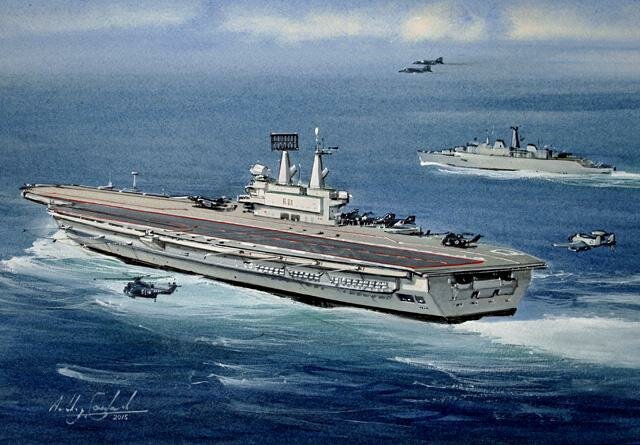- Joined
- 27 September 2006
- Messages
- 6,417
- Reaction score
- 6,815
The paper designs of BAC and HS in 1950s and 60s were in many cases wonderful to look at, especially in model form.
The trouble is that the planes they actually built took a long time to get into service and delivered below their promised performance. Lightning, Buccaneer, Harrier and Jaguar all fall into this category. It is no accident that by 1990 the Hawk is the only all British combat aircraft left in production whereas Dassault is still turning out delta wing jets.
Blaming politicians for this state of affairs ignores the people who designed and built horrors like the Swift, Buccaneer S1 or Nimrod AEW.
The trouble is that the planes they actually built took a long time to get into service and delivered below their promised performance. Lightning, Buccaneer, Harrier and Jaguar all fall into this category. It is no accident that by 1990 the Hawk is the only all British combat aircraft left in production whereas Dassault is still turning out delta wing jets.
Blaming politicians for this state of affairs ignores the people who designed and built horrors like the Swift, Buccaneer S1 or Nimrod AEW.



